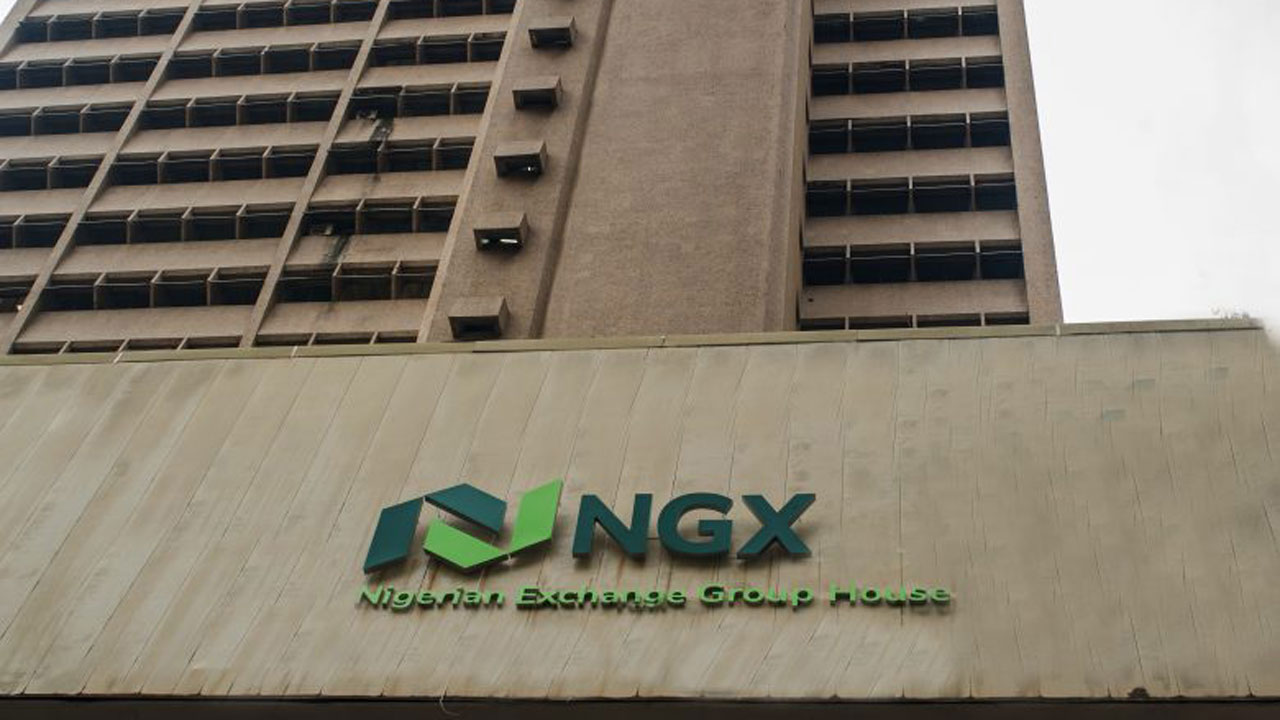After failing to address Nigeria’s persistent inflation rate, the Central Bank of Nigeria’s (CBN) monetary policy council may decide to take a step back and reconsider its decision to raise benchmark interest rates in a growth-starved economy.
With headline inflation exceeding the Central Bank of Nigeria’s (CBN) single-digit objective by a record amount, it is clear that the policy committee ignored the investment banking firm’s warning and pursued shadow policies. The benchmark interest rate has increased significantly since May 2022, rising from its previous level of 11.5% to a solid 6.5%. Analyst predictions show that headline inflation is still gallivanting and has a troubling future.
According to the most recent statistics office data, despite verified failures in measures to combat inflation, the consumer price index deteriorated to 0.18% in April as the inflation rate printed at 22.22%. In April, headline inflation increased for the fourth week in a row, reaching 22.22% as long-standing inflationary factors strengthened their hold, according to PAC Capital Limited.
According to experts’ interpretation of data from the National Bureau of Statistics, the headline inflation rate for April 2023 increased by 0.18% points from March 2023. Similar to this, the headline inflation rate was 5.40% points higher year over year than the 16.82% rate registered in April 2022.
“This shows that the headline inflation rate on a year-on-year basis increased in April 2023 when compared to the same month in the preceding year (i.e. April 2022)”, PAC Capital stated.
Looking at the leading drivers of the general increase in prices in April, Food & Non-Alcoholic Beverages (11.5%), Housing Water, Electricity, Gas & Other Fuel (3.72%), Clothing & Footwear (1.70%), Transport (1.45%).
On a month-on-month basis, the All-Items Index in April 2023 was 1.91%, which was 0.05% points higher than the rate recorded in March 2023 (1.86%). This means that in April 2023, on average, the general price level was 0.05% higher relative to March 2023.
The urban inflation rate in April 2023 was 23.39% on a year-on-year basis, this was 6.05% points higher compared to the 17.35% recorded in April 2022. On a month-on-month basis, the urban inflation rate was 2.05% in April 2023, this was 0.05% points higher compared to March 2023 (2.00%).
The rural inflation rate in April 2023 was 21.14% on a year-on-year basis; this was 4.82% points higher compared to the 16.32% recorded in April 2022. On a month-on-month basis, the rural inflation rate in April 2023 was 1.78%, up slightly by 0.06% points compared to March 2023 (1.72%).
The corresponding twelve months average for the rural inflation rate in April 2023 was 20.18%. This was 4.27% points higher compared to the 15.91% recorded in April 2022. The food inflation rate in April 2023 was 24.61% on a year-on-year basis, which was 6.24% points higher compared to the rate recorded in April 2022 (18.37%).
The rise in food inflation on a year-on-year basis was caused by increases in prices of Oil and fat, Bread and cereals, Fish, Potatoes, Yam and other tubers, Fruits, Meat, Vegetable, and Spirits. On a month-on-month basis, the food inflation rate in April 2023 was 2.13%, this was 0.06% points higher compared to the rate recorded in March 2023 (2.07%).














